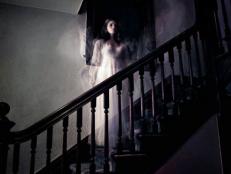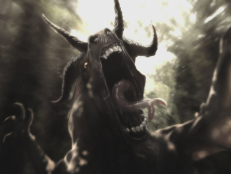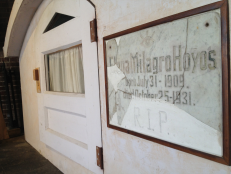Metropolitan Museum of Art


Art and culture lovers traveling to New York City must visit the Metropolitan Museum of Art, which houses one of the world's most esteemed art collections. The museum's works run the gamut of eras and genres: from Baroque to Modern, portraits to abstract expressionism. A collection this vast can be daunting to visit. Here, Travel Channel narrows down the best of the Met to give you our favorite picks.
Temple of Dendur
The Temple of Dendur is a Nubian temple built during the Roman period around 15 BC. It was dedicated to the goddess Isis, the gods Harpcrates and Osis, as well as Pedesi and Phihor, two deified sons of a local Nubian chieftain.
The temple was commissioned by Emperor Augustus of Rome and has been an exhibit at the Metropolitan Museum of Art in New York since 1978. It was removed from its original site in 1963 in order to save it from being submerged by the construction of the Aswan High Dam.
In recognition of the America's assistance in saving various other monuments threatened by the dam's construction, Egypt gave the temple to the United States in 1965. The 800-ton stone blocks were packed in 661 crates, loaded on the freighter S.S. Concordia Star, and transported to the United States.
Today, art enthusiasts can visit the temple inside the Sackler Wing of the Met. A reflecting pool sits in front of the temple and a sloping wall behind it represents the Nile and the cliffs of the original location. The glass on the ceiling and north wall of the Sackler is stippled in order to diffuse light and mimic the lighting in ancient Nubia.
There are some interesting nuances you should observe, including the position of the larger portion of the temple. The human form is contorted so that the feet are in a profile pose and the chest has a frontal view, which is an impossible position for the human body. Also take note that the figures carved into the stone display show no sense of emotion, dimension, or gravity. They are never smiling and they never convey action.
The temple has proved to be a hot spot for Hollywood action. Famous movie scenes in "When Harry Met Sally," "Changing Lanes," and "Maid in Manhattan' were shot at the temple.
Madonna and Child
The Met paid $45 million in 2004 to acquire what is now considered one of its most prized possessions - Italian painter Duccio di Buoninsegna's "Madonna and Child." It was so inspirational that the Met built their early Renaissance collection around the painting.
This unique painting - only 11 inches high and 8 inches wide, no bigger than a sheet of typing paper - is placed in a glass case to protect it from damage. The case controls the temperature and humidity around the piece.
"Madonna and Child" revolutionized art. It illustrates the changing philosophy of the time. It represents a humanized view of Christianity in which Mary and Christ are depicted as a mother and child rather than a goddess and little god.
Painted around 1300, the picture marks the transition from Medieval to Renaissance image making and sets the stage for the achievement of such artists as Simone Martini, Fra Filippo Lippi, and Giovanni Bellini.
Think of this artwork as being a pivotal moment in art much like the movie "Matrix" changed the landscape of film making.
George Washington Crossing the Delaware
Unlike the "Madonna and Child," Emanuel Gottlieb Leutze's "George Washington Crossing the Delaware" takes a departure from early Renaissance paintings that were religious in nature. Instead, it illustrates a great military action.
The piece portrays the historic moment when General George Washington led the American revolutionary troops across the Delaware River to surprise the English and Hessian troops in the Battle of Trenton on Dec. 26, 1776.
Leutze used a number of elements to express an emotional and patriotic message about this event. Leutze used mostly dark tones in this painting, probably because the crossing took place at dawn.
Just as stage designers use lighting to spotlight a performer, Leutze keeps our focus on the standing group in the center of the boat by surrounding them by light. However, Leutze surrounds the central boat with the color red to keep our attention on the primary subjects of this historic event: Washington and the flag.
The painting captures and foreshadows that George Washington would become the first president and that this event would culminate in the country's separation from England, symbolized by the American flag.
Portrait of Madame X
John Singer Sargent's "Portrait of Madame X" was an extremely controversial piece at the time of its inception. It was viewed as the ultimate breach of professionalism because portraiture was sacred. Artists were paid well to do a good job, and in this portrait, Sargent takes artistic license to give Virginie Avegno Gautreau pitch-black eyes (no pupils) and uses brushiness and or swirly paint strokes to create her ears.
Madame Gautreau, captured in this portrait, was a familiar figure in Parisian society. She was known for her artful appearance, which she accentuated with lavender powder and rouged ears. Sargent undertook her portrait without a commission, hoping to enhance his reputation by exhibiting it at the Salon.
He initially emphasized the Madame Gautreau's egotism and glamour and exaggerated her daring style by showing the right strap of her gown slipping from her shoulder.
Some artists thought he went too far. At the 1884 Salon in Paris, the portrait received more ridicule than praise. Sargent repainted the shoulder strap and kept the picture. He would eventually sell the painting to the Met in 1916. Sargent commented, "I suppose it is the best thing I have done."
Autumn Rhythm
Unlike portraiture, there is no central focus in Jackson Pollock's artwork. His style evolved out of early modernism. Much like John Singer Sargent, Pollock broke with traditional views of painting. His 'poured' paintings are as visually potent today as they were in the 1950s, when they first shocked the art world.
Their appearance virtually shifted the focus of avant-garde art from Paris to New York, and their influence on the development of Abstract Expressionism - and on subsequent painting both in America and abroad - was enormous.
Pollock painted "Autumn Rhythm" in October 1950. It exemplifies the balance between accident and control that Pollock maintained over his technique. He was a follower of the Surrealists who believed that art was supposed to represent automatism, the creative force of the unconscious. The artist was not supposed to think. Pollock would instead let the body take over, creating his "dripped" or "poured" style.
"Autumn Rhythm" represents Pollock's inner world or landscape. Pollock wanted the viewer to look not just at the painting, but to turn inward and reflect, perhaps even putting the viewer in a daze and making them lose focus.
This was the first painting that Pollock created a complex linear skeleton using black paint. Over the black framework, he wove an intricate web of white, brown, and turquoise lines, which produce the contrary visual rhythms and sensations: light and dark, thick and thin, heavy and buoyant, straight and curved, horizontal and vertical.
"Autumn Rhythm" is evocative of nature, not only in its title but also in its coloring, horizontal orientation, and sense of ground and space.


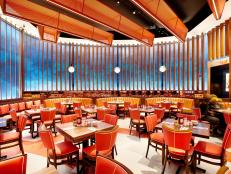
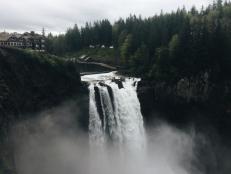














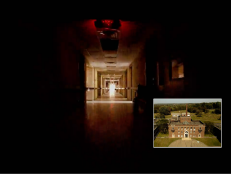
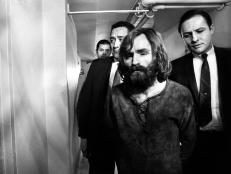
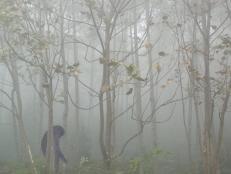

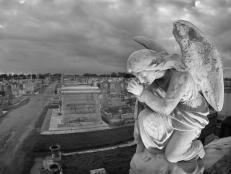




.jpg.rend.hgtvcom.231.174.suffix/1674758726773.jpeg)
